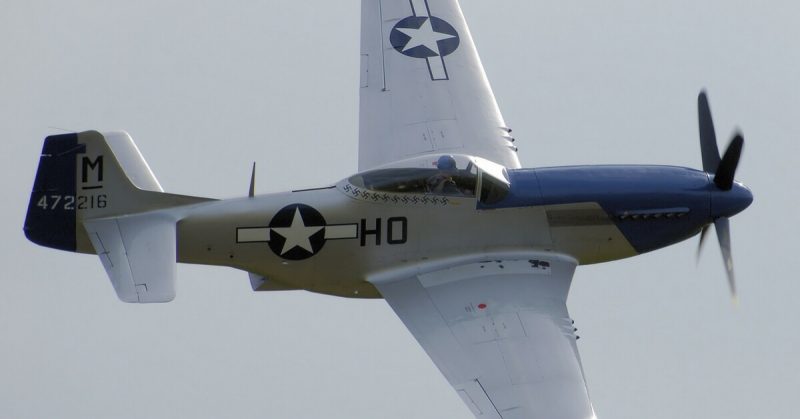The P-51 Mustang Fighter, a North American Aviation, is one of the most iconic fighters / fighter-bombers that is single-seated and was used during World War 2. In total over 15,000 of these were manufactured.
The Mustang was designed originally to be used with the Allison V-1710 engine – making it a very good aircraft. When the B & C models were made of the P-51, they added a Rolls Royce Merlin engine and this completely transformed its performance at high altitude (15,000+ feet) which meant it matched or even bettered that of the Luftwaffe’s fighter jets.
The final version of the P-51 was the P-51D, and this was powered by yet another engine, the Packard V-1650-7, and was fully armed with .50 caliber M2 machine guns (6 in total on each jet).
From late in 1943 P-51’s were used to escort bombers in raids over occupied Europe and over Germany, all the way to Berlin. The P-51’s with the Merlin engines were also used as fighter-bombers which made sure that the Allied ruled supreme in the air in 1944.
1. Built in Texas & California
North American Aviation (NAA) built the P-51 Mustang in factories based in Inglewood, California, and Dallas, Texas.
2. Prototype
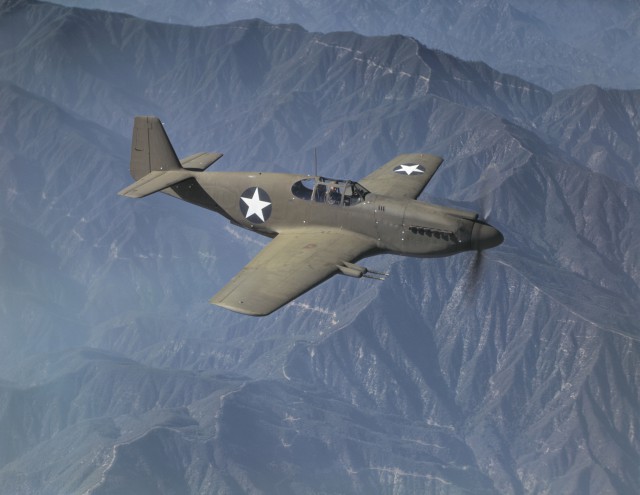
It took them 102 days to build the engineering prototype. The NA-73X prototype first flew on October 26, 1940.
The first Mustangs were the P-51As. They had Allison V-1710 single stage V-12 engines. On November 30, 1942, the Merlin-powered XP-51B fighter was test flown.
This model added speed and a ceiling above 40,000 feet. Flight tests confirmed the potential of the new model.
3. First Use
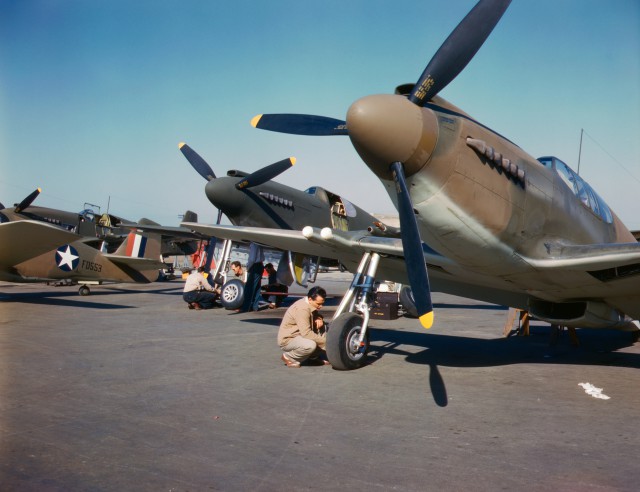
The RAF were the first to use the P-51, beginning their use in January of 1942.
Starting in late 1943, the US Army Air Force Eighth Air Force used P-51B fighters to escort bombers on raids over Germany.
They later supplemented with P-51D fighters, starting in mid-1944.
4. They were everywhere
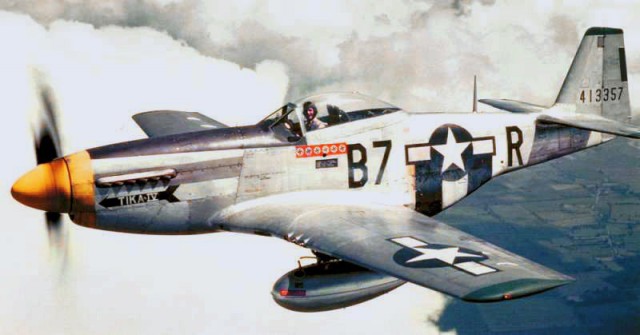
P-51 Mustangs were used in both the Pacific and the European theaters. After WWII, more than 55 countries used the P-51 in their militaries.
5. The P stands for
The “P” in P-51 stands for “Pursuit.” This was changed in 1948 to “F” for “Fighter.”
6. Model D
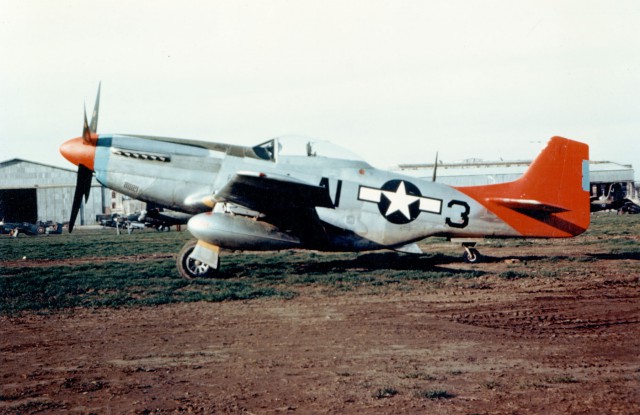
The most widely produced version of the P-51 was the P-51D, recognizable by its bubble canopy and Rolls Royce Merlin engine.
7. Ordnance
The P-51D had six .50 caliber Browning machine guns holding 1,880 rounds (400 rounds in each gun and 270 rounds in each outboard.
8. Rockets
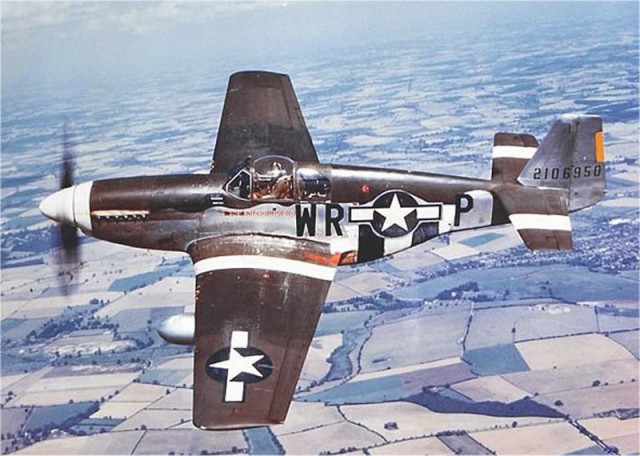
They also carried 10 “zero rail” rockets under each wing and were equipped with bomb racks. Each plane could carry 1000 pounds of bombs.
9. Specs
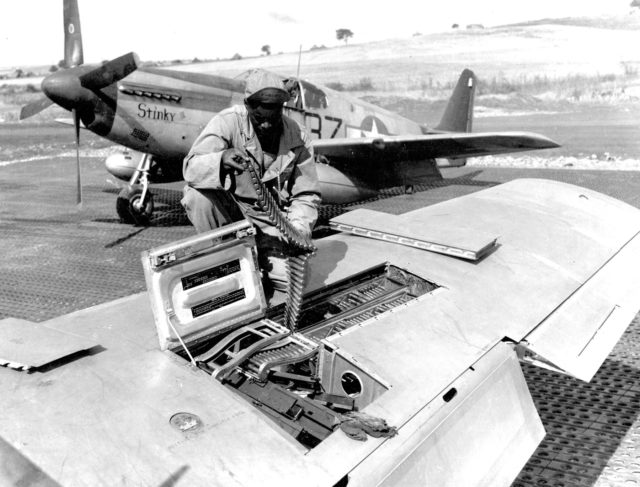
The P-51D with the Rolls Royce 1650-7-1221 specs are as follows:
- 500 -1000 mile range with drop tanks
- 1490 horsepower at takeoff
- 438 mph – maximum speed at level flight
- 10,800 pounds gross weight
- 90 gallons of fuel in each wing
- 60 gallons per hour fuel burn (per hour average)
- 16,776 P-51 Mustangs produced in a variety of models.
10. Building one
It cost $50,000 to produce a P-51 in 1944, this equals about $673,000 in today’s dollars.
11. All the way
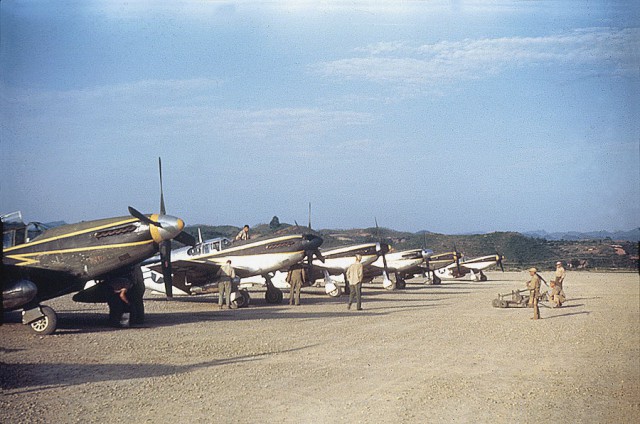
The Mustang was the first single-engine fighter in Britain with enough range to escort bombers to the heart of Germany and back.
The bomber crew referred to the planes as their “Little Friends.”
12. Aces
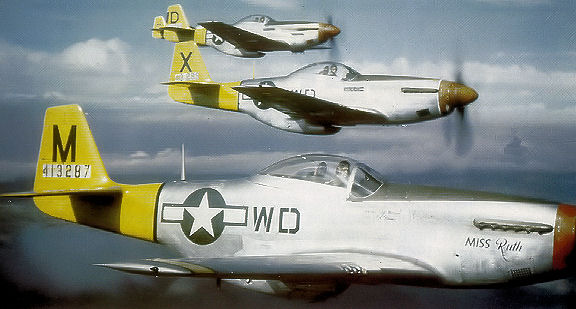
275 P-51 pilots achieved Ace status. They shot down a total of 2116 enemy planes – an average of 7.69 per ace.
13. Kills
Mustang pilots shot down a total of 4,950 enemy aircraft during World War II
14. The jig was up
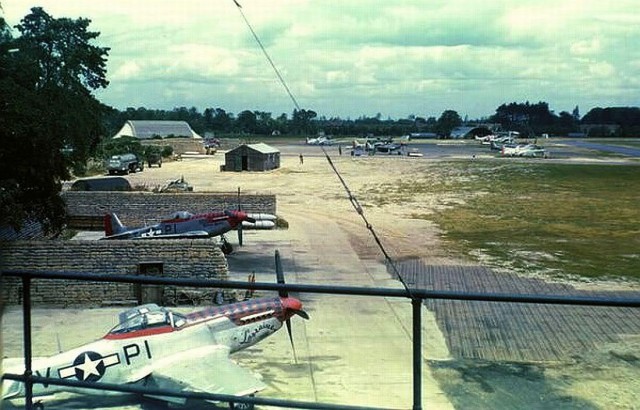
Reichsmarschall Hermann Göring was quoted as saying, “When I saw Mustangs over Berlin, I knew the jig was up.”
15. The Far East
P-51 planes were deployed in the Far East later in 1944. They were used for close-support, escort, and photo reconnaissance missions.
16. Korean War
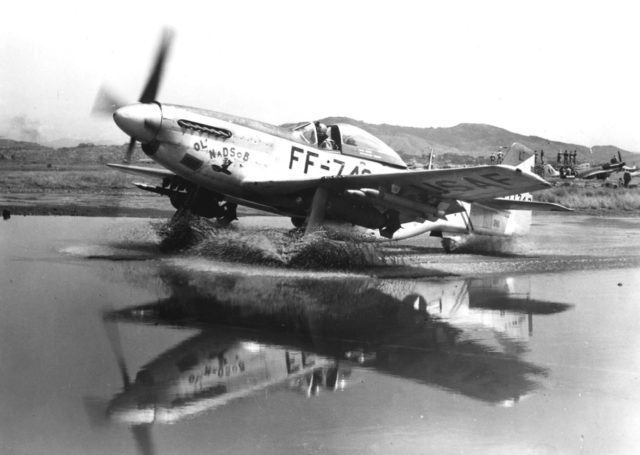
The Mustang was the primary fighter plane of the United Nations at the beginning of the Korean War.
They were replaced with jet fighters, like the F-86, later on.
17. Conjoined twins
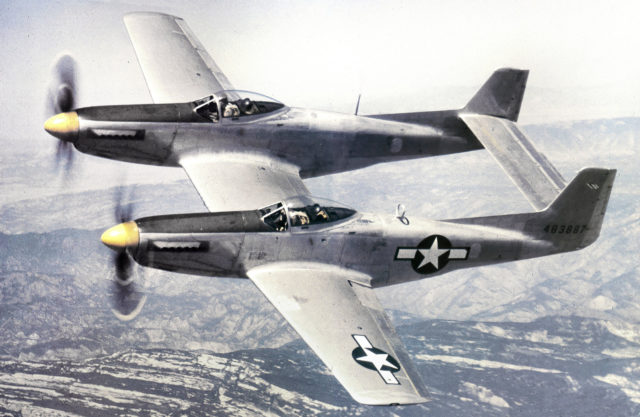
The last piston-engined fighter that was ordered into production was the North American F-82 Twin Mustang. Unfortunately, the war ended before development of this long-range escort had finished and they never saw active service.
18. Last one
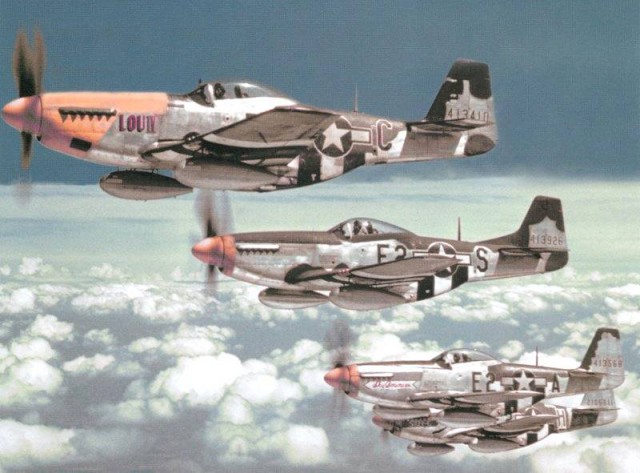
The last Mustang was retired from service in the US Air Force in 1978. The last Mustang in foreign service was retired in 1984 by the Dominican Republic Air Force.
19. Civilian use
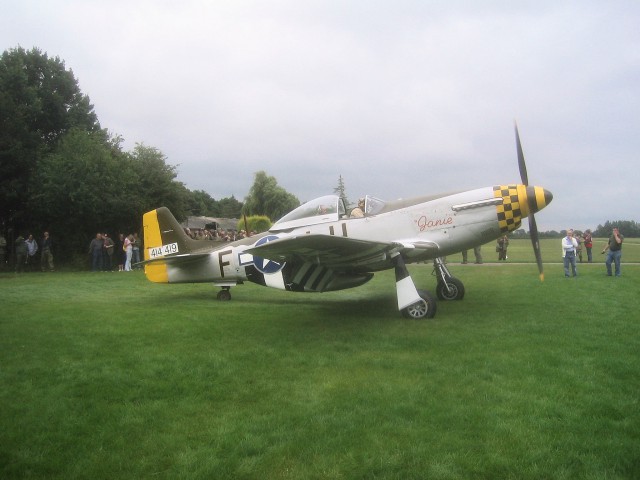
Post-World War II and Korean War, many Mustangs were converted for civilian use.
They were used in air racing and, increasingly, preserved as historic warplanes flown at air shows.
